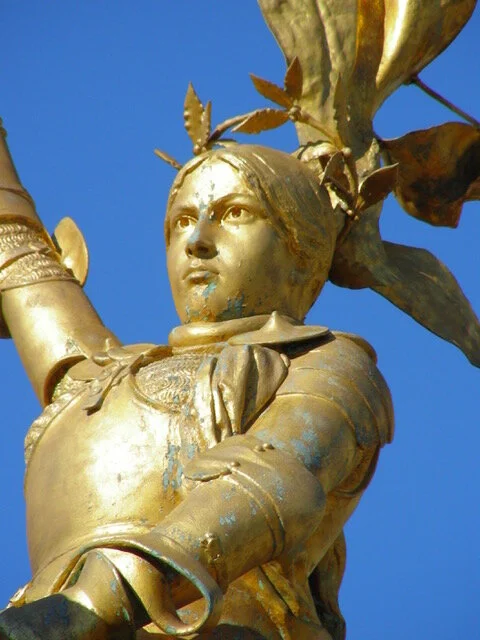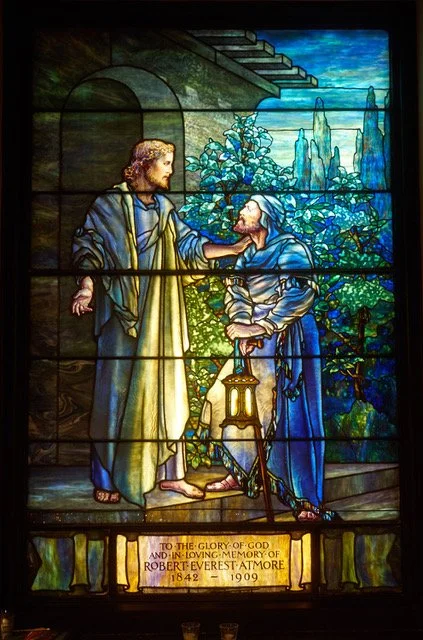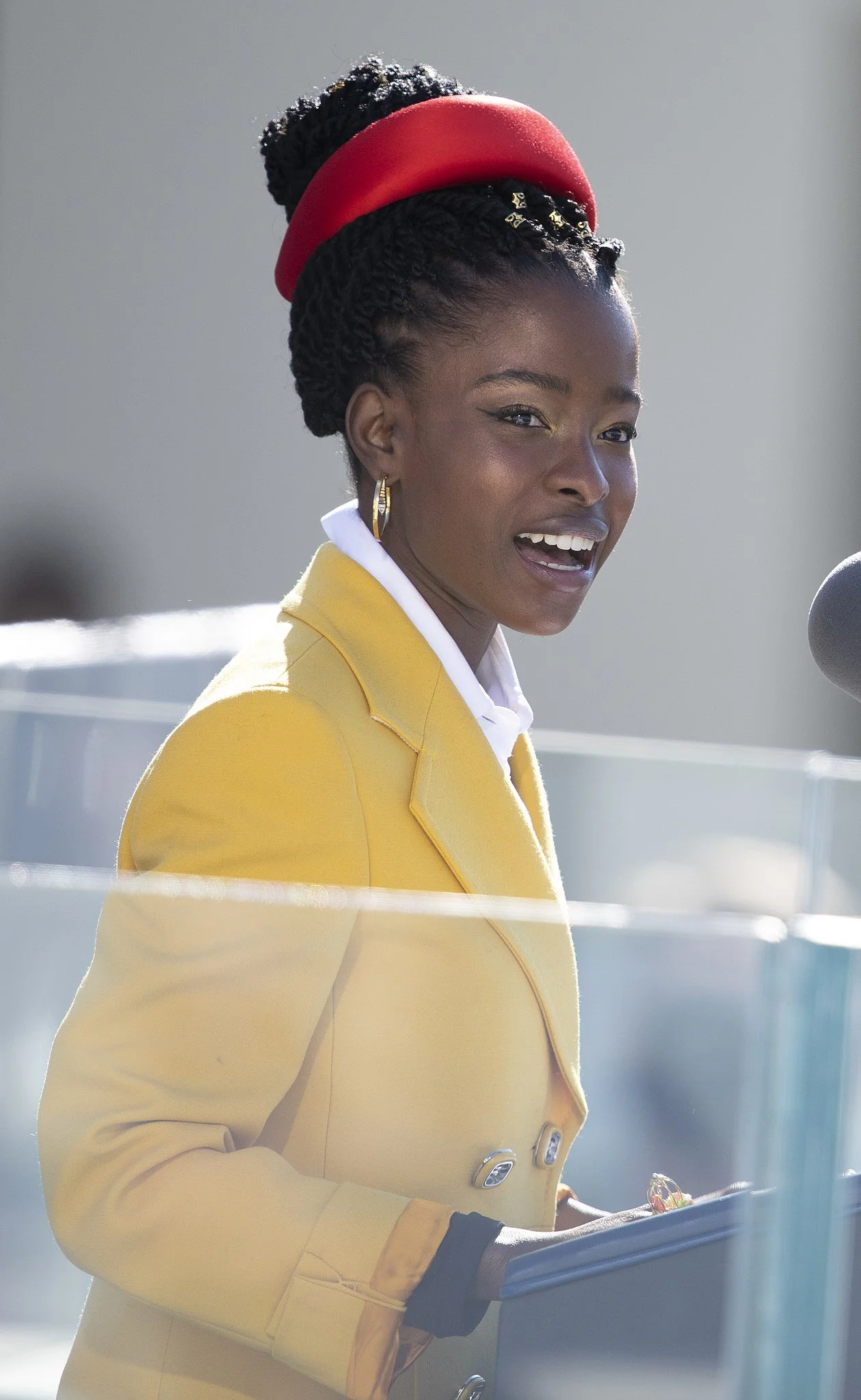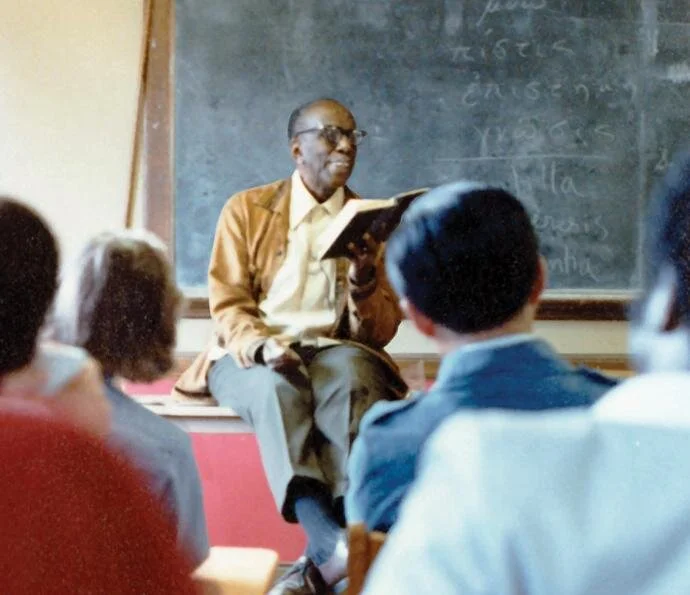Friday Reflection Part II: Meeting Jeanne d’Arc
Emmanuel Fremiet, Jeanne d’Arc, 1890, before 2010 regilding
Jeanne d’Arc’s remembrance day, in a season dominated by Covid19, urges us to the streets—safely—to visit her at one of Philadelphia’s (literally) dazzling gilt-bronze equestrian monuments on Kelly Drive at 25th St.
I’m always struck by the extraordinary impact of this 15th-century French country girl. She convinced a king-to-be and his Church advisors that God had commanded her, through invisible emissaries, to liberate France. Hardened troops followed her into battle and revered her. With more losses than wins, then discredited and publicly executed for effect, she nonetheless galvanized a dispirited, fractured community to coalesce and eventually expel the English. Her example, eerie command presence, and enduring impact made Jeanne a powerful symbol and model that evolved and spread across the globe. Though officially a saint, she’s widely embraced as simply ”Jeanne [Joan]” in dizzyingly varied guises: among them royalist, republican, French, universalist, populist, feminist, “youth-ist,” LGBTQ. She’s stood for any fight against tyranny and for liberty and equality.
Philadelphia’s bronze was commissioned in 1889 precisely in this vein. It’s a public tribute by our French expatriate community to “the cradle of liberty” (Philadelphia) that inspired the French Revolution a century before. Our bronze is the first cast from a model first exhibited at Paris’ spectacular 1889 Centennial Exposition commemorating its Revolution in 1789. The equestrian is a subtle variant, by France’s eminent historical realist sculptor, Emmanuel Fremiet (1824-1910), of his famous (and controversial) equestrian commissioned by the State in 1872. One of many images of Jeanne produced for public spaces and churches over these years, Fremiet’s inspirational group aimed to soothe national injury, France’s devastating defeat in war with Prussia the year before, on an especially painful site: Paris’ Place des Pyramides near the Louvre. That ground bore two invisible wounds: It’s near where Jeanne was reportedly wounded during her unsuccessful bid to retake Paris, and it faced the royal Tuileries Palace just bombed by the Prussians (since demolished). Another cast of the 1889 version—this time gilded—soon replaced the first on that square.
As part of this effort to heal, French Catholics began the quest for Jeanne’s canonization. They obtained the required depositions by the mid1870s; in 1894, the Pope formally opened the path leading to sainthood in 1920.
Philadelphia’s bronze was inaugurated in 1890 on grounds off Kelly Drive at the Girard Avenue Bridge. It was moved in 1948 to its present location to reaffirm liberty after World War II. This equestrian group thus became a “station” of a processional course of liberty leading to Rudolf Siemering’s monument-fountain of the American liberator George Washington (inaugurated 1897). Other nations later gave monuments to develop the theme.
Fremiet’s equestrian looms on a tall base, mark of heroic status that enables visibility over long distance. Its present gilding, added in 1960 and renewed in 2010, lends a quality that to some is demeaningly decorative; to others, it’s a mark of the ideal, even supernatural.
From afar, this equestrian’s distinctiveness is clear. This horse and rider bear medieval-style armor except on the rider’s head. It takes attention, however, to realize this soldier, tautly energized, lifting an unfurled banner for troops going into battle, is the cross-dressing woman warrior Jeanne d’Arc.
Knowing her gender and youth, you become sensitive to the ensemble’s forceful physicality: heavy, muscular, trotting horse, light gleaming across gilded swelling volumes, highlighting detail that never distracts, and Jeanne’s strong, dynamic body. Those elements correspond to the historical Jeanne who is documented as bearing the sturdy build of country people, impressively controlling her powerful horse and unfamiliar, unsupported, and unstable banner.
Up close, we see that the realist Fremiet subtly negotiated historical detail, realism and idealism here. Jeanne’s backswept hair resembles versions in period images but not her reported transgressive men’s “pudding basin” bob. But her youthful face is thoroughly modern (too modern, too human for critics). Most importantly, though elevated, the ensemble is life-size. Critics decried her scale as an insult to the heroine and the idealizing public monument, against the applause of those who revered her humanity within the extraordinary. Unlike the later Paris version, Philadelphia’s represents Jeanne garlanded with laurel. A conventional victory emblem or, as it also functioned, sign of inspiration, for some divine?
Which brings me to Jeanne’s revealed face and expression, possibly a key to the whole. Her face conveys concentration, will. Her gaze focuses forward. Her pupils are cut deep and wide for emphasis. Is she focused on the enemy ahead? Could she be connecting outer and inner worlds? Is she, as Father Peter tells us Jeanne claimed, responding to the divine through her imagination? Our own imagination takes over.
This busy traffic island, then, is a site for reflection for us all, to find what this Jeanne brings to mind.
—Suzanne Glover Lindsay, St. Stephen’s historian and curator
About Friday Reflections:
Every Friday, Father Peter and Suzanne Glover Lindsay share written reflections highlighting a particular theme. This week’s Friday Reflection revolves around Jeanne d’Arc.











